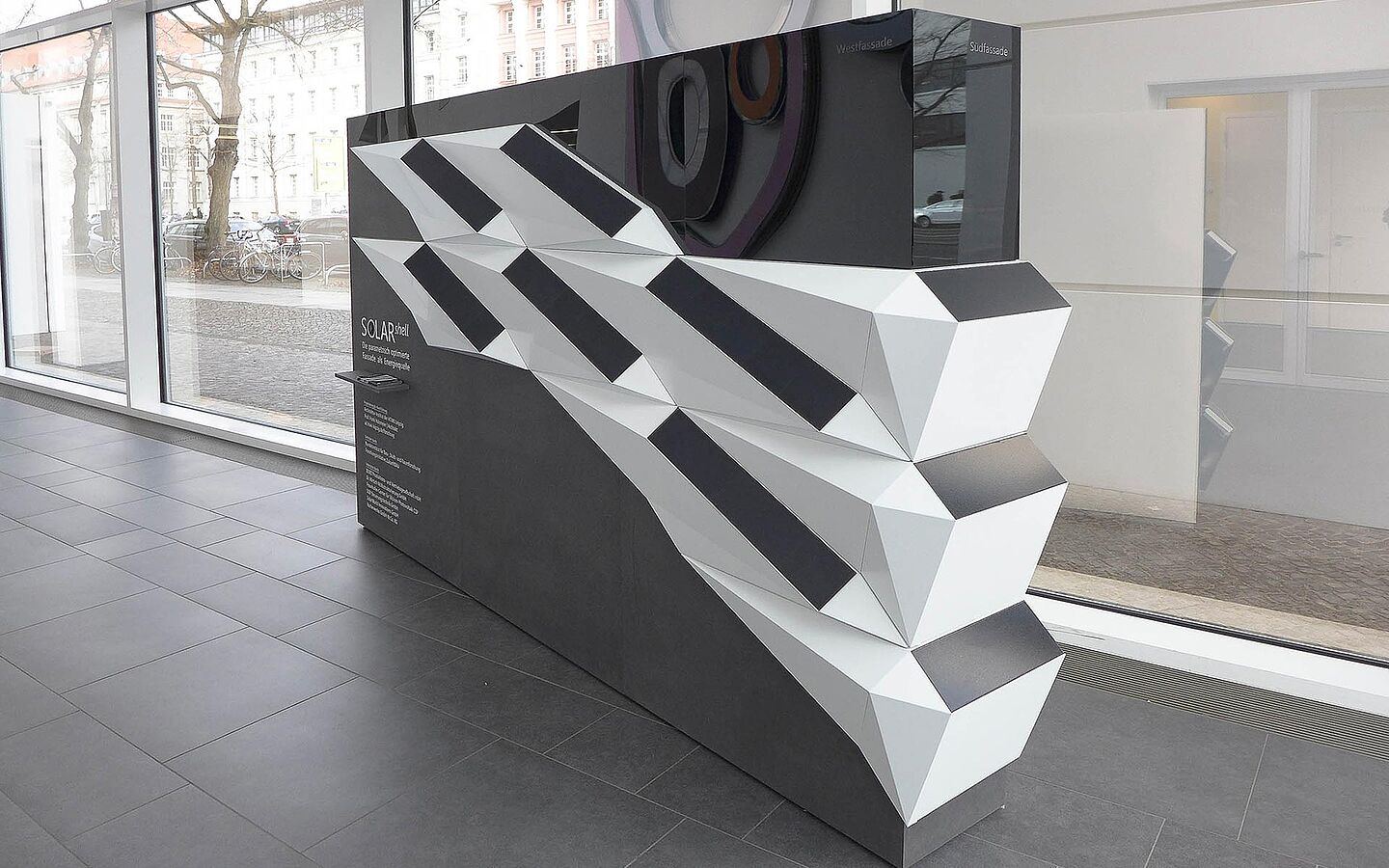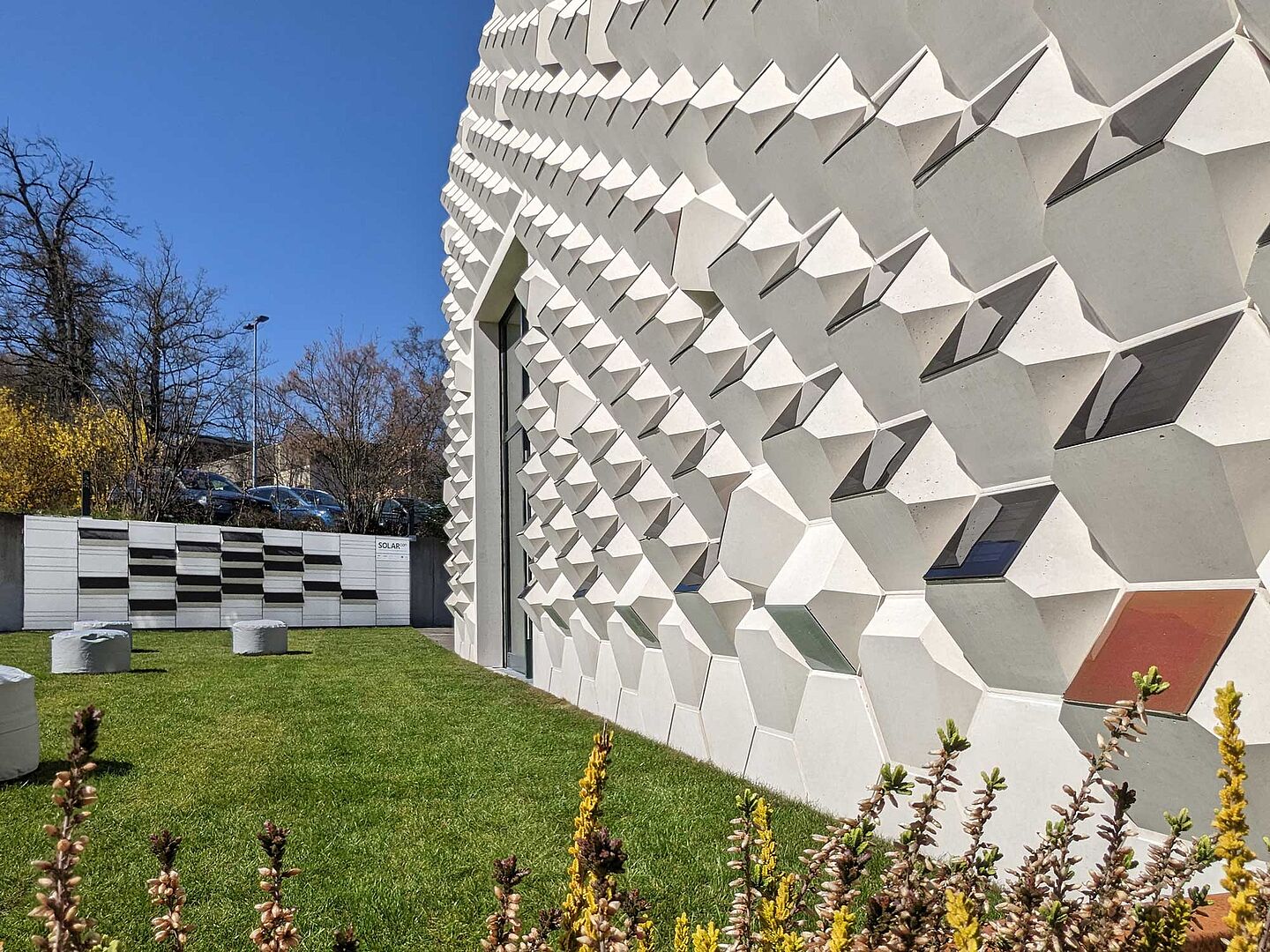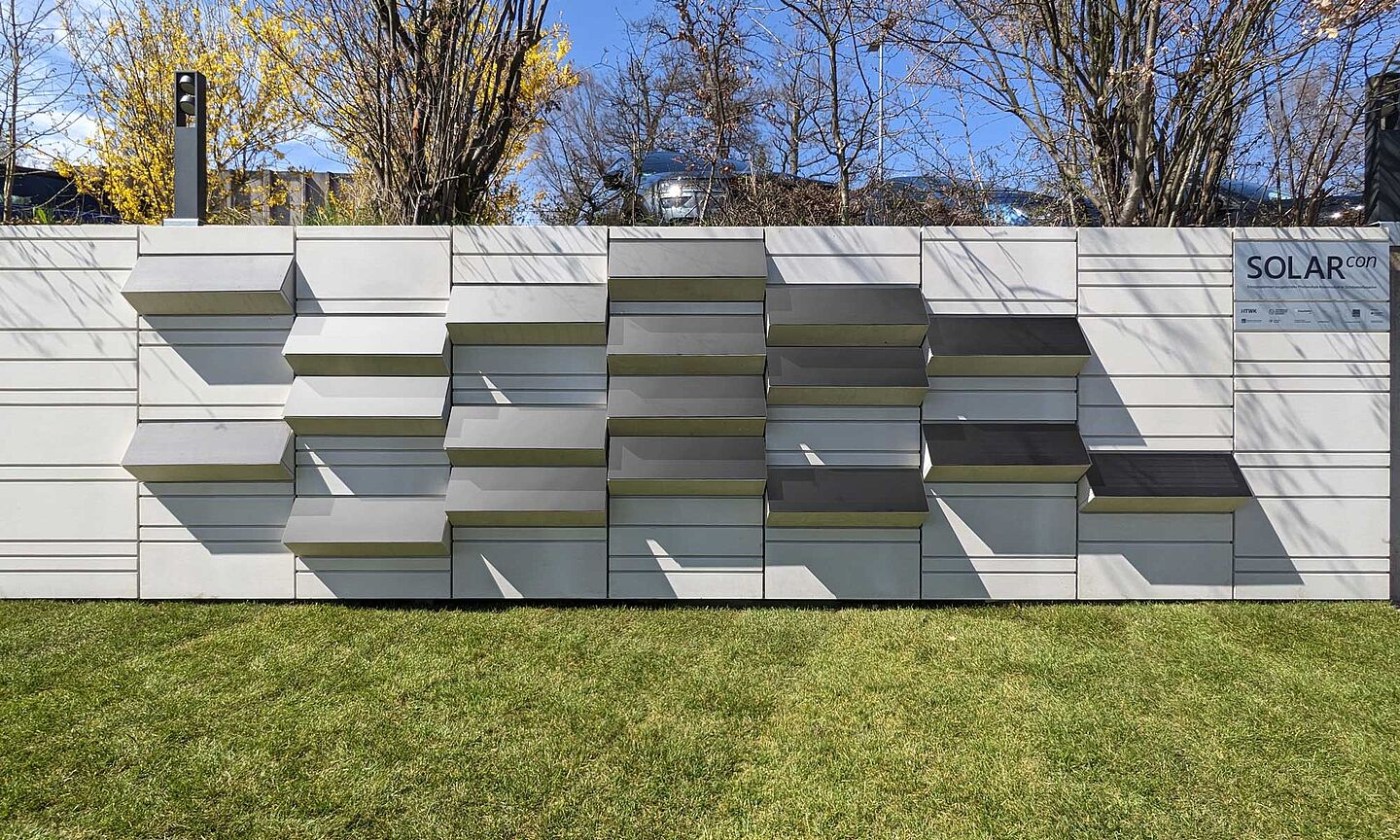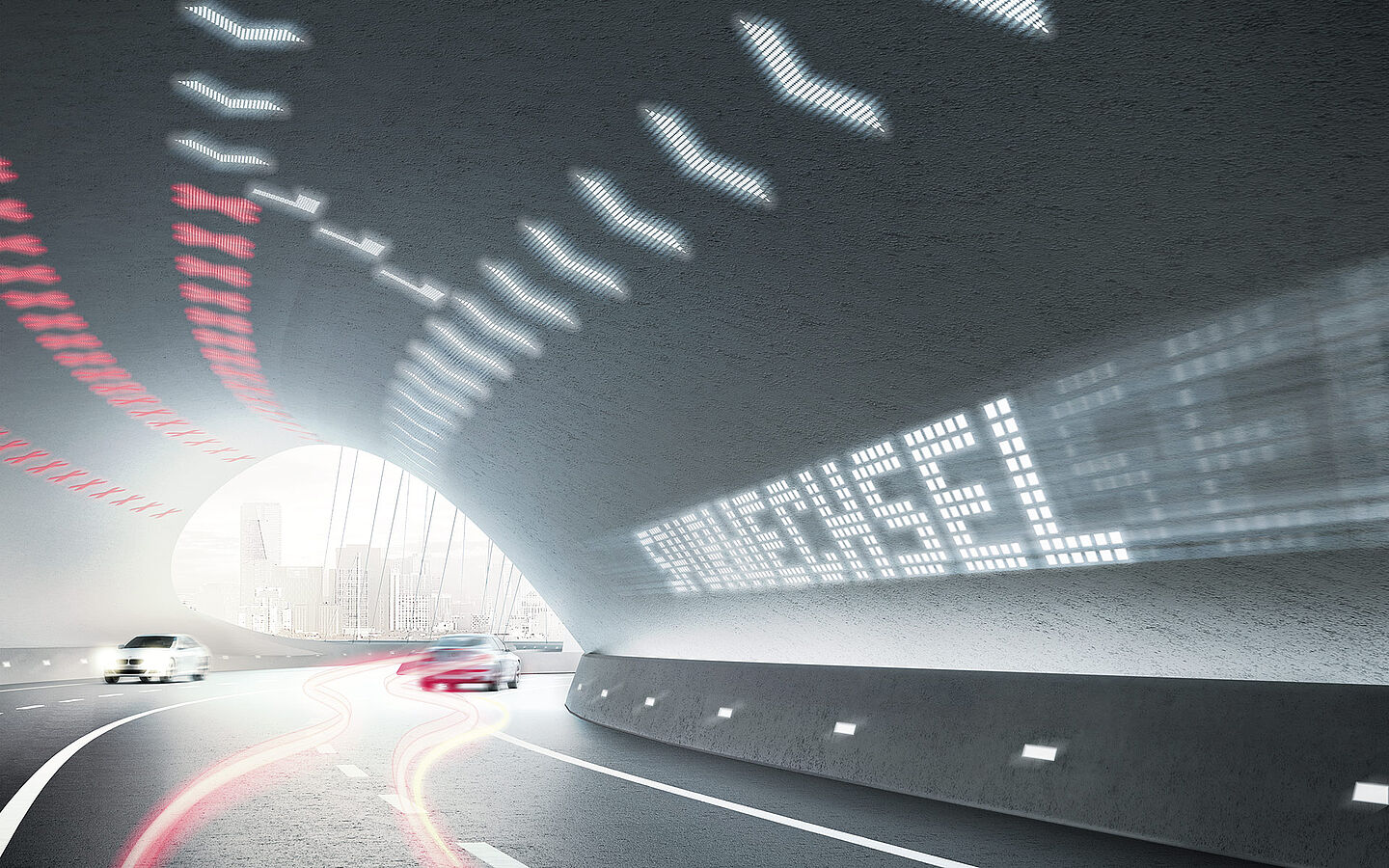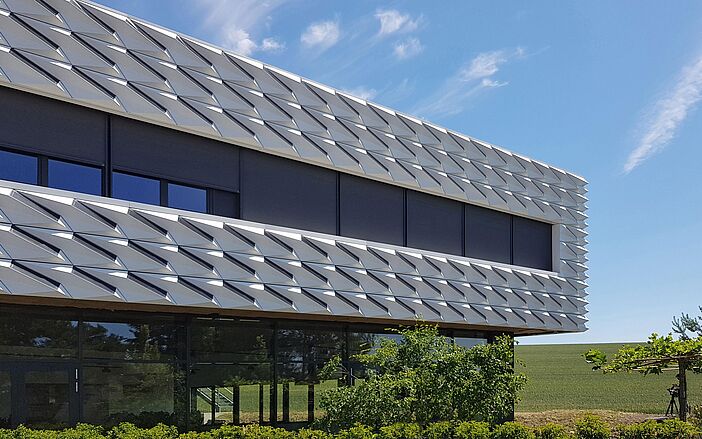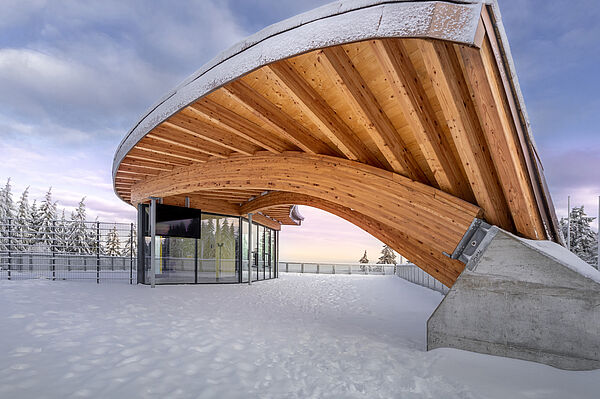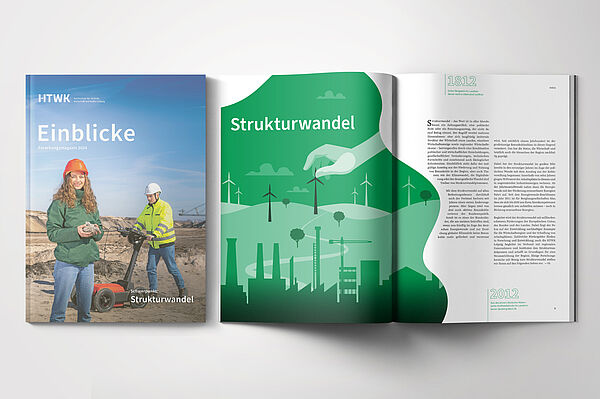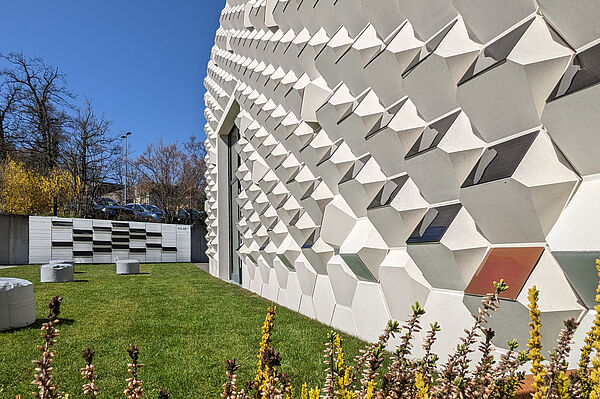Think global - act local! Buckminster Fuller's appeal to personal responsibility leads directly to the question of what local action could look like. It quickly becomes clear that the architect, with his influence on the built environment, occupies a crucial position: dense living spaces with short distances and low energy loss areas, the choice of construction and building materials according to the maxim reduce-reuse-recycle, the optimization of the thermal insulation standard and the type of ventilation, the decision on a heat supply with a favorable primary energy balance or the use of renewable energies are just a few possible approaches.
It is not a purely technical question; it is also a question of attitude - and thus of design. There is no neutrality, with each design a position is taken: Do I build in the city or on greenfield sites? Is the form compact or dissected? Do I orientate myself according to the sun? Do I accept thermal bridges? Can my design tolerate sun protection? Is the floor plan flexible? Is the building light or heavy?
The responsible and sustainable use of energy and resources will play a key role in the 21st century in terms of preserving a livable and peaceful environment. The basics required for the profession of architect should be taught in teaching and developed into useful contributions in research.


